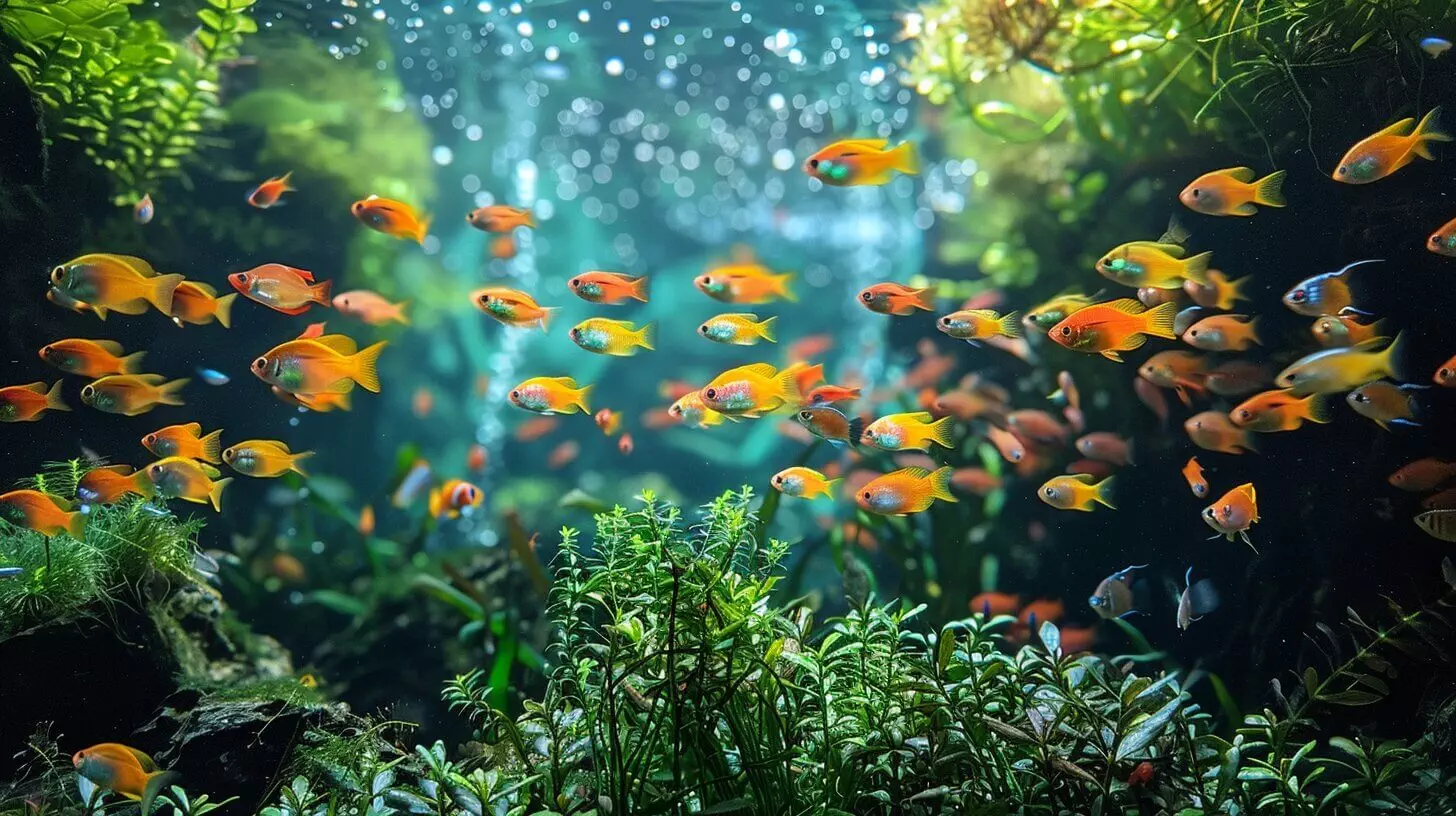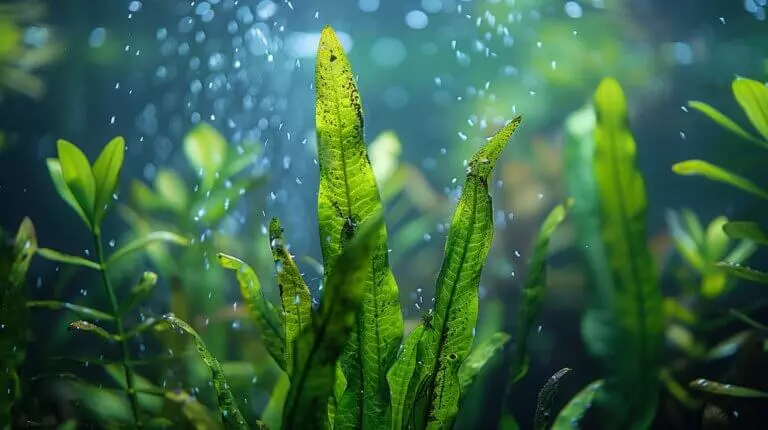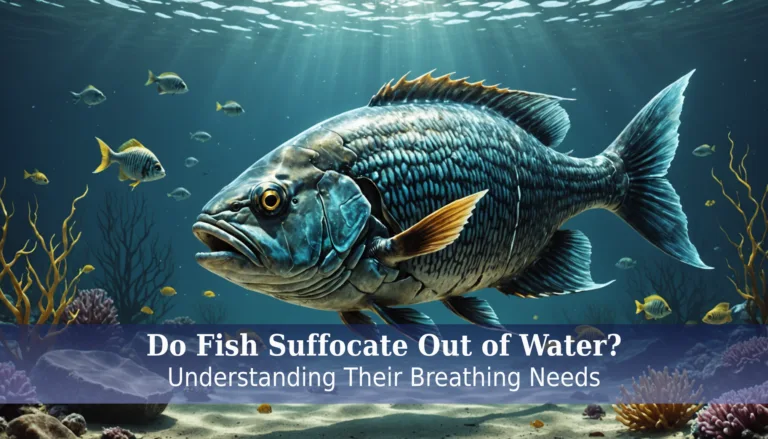When we think about maintaining a pristine aquarium, the importance of selecting the right fish for natural cleaning can’t be overstated. Plecostomus, Corydoras catfish, and Otocinclus catfish are top contenders, each bringing unique cleaning abilities to our tanks. These fish not only help control algae but also keep the substrate clean and prevent harmful gas build-ups. But how do we choose the best fit for our specific tank environment and guarantee they thrive?
Let’s explore the characteristics, benefits, and care requirements of these indispensable aquatic helpers.
Key Takeaways
- Plecostomus are top algae eaters that scrape algae off tank walls and decorations.
- Corydoras catfish excel at bottom-cleaning by sifting through the substrate.
- Otocinclus catfish efficiently control algae growth in smaller tanks.
- Incorporate aquarium plants to absorb excess nutrients and outcompete algae.
- Snails and shrimp consume algae on plant leaves, glass, and decorations.
Understanding the Importance of Tank Cleaners in Aquariums

Tank cleaners are essential to the health and vitality of our aquariums. By introducing algae eaters, we maintain a balanced ecosystem and prevent overgrowth of unwanted algae types. These diligent creatures not only help keep the water quality in check but also contribute to the overall health of our aquatic environment.
Algae overgrowth disrupts the delicate balance within our aquariums. Tank cleaners consume different algae types, thereby preventing them from blocking light necessary for other organisms. This maintains water clarity and purity, which is vital for all aquatic life.
The presence of algae eaters also translates to less frequent manual cleaning. We get to spend more time enjoying the beauty of our aquariums rather than worrying about maintenance. Ultimately, tank cleaners enhance the aesthetic appeal of our aquariums while playing an integral role in preserving the health of the entire ecosystem.
Identifying the Best Fish Species to Naturally Clean Your Tank

When choosing the best fish species for natural tank cleaning, Plecostomus, Corydoras catfish, and Otocinclus catfish are top contenders. Plecostomus, often referred to as plecos, are revered algae eaters. They diligently scrape algae off tank walls and decorations, keeping our aquariums vibrant. Their hardy nature makes them a popular choice, especially for larger tanks where algae control is crucial.
In contrast, Corydoras catfish excel at bottom cleaning. These small, sociable scavengers sift through the substrate, consuming uneaten food and detritus. Their active foraging keeps the tank clean, stirs up the substrate, and prevents gas build-ups. Corydoras are peaceful and flourish in groups, adding both utility and vibrancy to our tanks.
Finally, Otocinclus catfish play a pivotal role in controlling algae growth. These small algae eaters are perfect for smaller tanks. They prefer soft algae, keeping our plants and glass clean without damaging delicate surfaces. Otocinclus catfish are gentle and thrive in community tanks, making them a versatile addition to our aquarium cleaning crew.
How to Care for Your Tank Cleaning Fish

Taking care of our tank cleaning fish involves creating a suitable environment, meeting their dietary needs, and understanding their social behaviors.
- Tank size is crucial. Our algae eaters need ample space to swim and forage, reducing stress and promoting healthy growth.
- Each species of fish prefers a specific type of algae. For instance, Siamese algae eaters love hair algae, while Otocinclus catfish favor softer, green algae. Incorporating a variety of aquarium plants helps maintain a balanced ecosystem, providing hiding spots and additional nutrients for our fish.
- A good filtration system is vital. It helps keep the water clean and oxygenated, prevents the buildup of harmful substances, and creates a healthier environment for our tank cleaners.
- Diet is equally essential. Algae alone won’t suffice; our fish need a balanced diet. We can supplement their diet with algae wafers, blanched veggies, and high-quality fish food to ensure they get all the necessary nutrients.
- Lastly, understanding their social behaviors helps prevent conflicts. Keeping an eye on interactions among species can prevent unnecessary stress and maintain peace in our tank.
Mitigating Potential Challenges with Tank Cleaning Fish

Managing potential challenges with tank cleaning fish starts with understanding the specific needs and behaviors of each species. When we introduce new fish to our tanks, it’s important to be mindful of a few key factors to make sure all inhabitants thrive harmoniously.
- Compatibility with Tank Mates: Not all tank cleaning fish get along with their neighbors. Some species can be aggressive, leading to stress and conflict. Researching compatibility helps us choose peaceful combinations.
- Preventative Measures: Before adding new fish, we should quarantine them to prevent introducing diseases into the existing ecosystem. This step is vital for maintaining a healthy, biological balance in our tanks.
- Managing Bio-load: Every fish adds to the tank’s bio-load. Overloading the tank can lead to poor water quality and unhappy fish. We need to monitor the number of tank cleaners to maintain a stable environment.
- Overpopulation Control: Some algae eaters can reproduce quickly, leading to overpopulation. Regularly monitoring and managing their numbers helps keep the tank balanced.
Enhancing Your Tank’s Ecosystem Beyond Fish Cleaners

Our tank’s ecosystem can be further enhanced by incorporating aquatic plants, snails, and shrimp to naturally control algae growth.
Aquatic plants absorb excess nutrients and outcompete algae for light and space. Plants like Java moss and Anubias not only control algae but also beautify our tanks.
Likewise, snails, particularly Nerite and Mystery snails, are excellent at consuming algae on plant leaves, glass, and decorations. They roam around, consuming algae and organic debris, keeping our tanks clean.
Shrimp, especially Amano and Cherry shrimp, are fantastic additions. These tiny scavengers sift through substrate and plant leaves, consuming algae and detritus. They ensure every nook and cranny stays clean.
Although fish cleaners are beneficial, diversifying with plants, snails, and shrimp creates a more robust and self-sustaining ecosystem.
Conclusion
To sum up, by adding the right fish like Plecostomus, Corydoras, and Otocinclus, we can maintain a cleaner and healthier aquarium. These fish not only keep algae at bay and sift through the substrate but also enhance the overall aesthetic of our tanks.
Let’s not overlook the importance of proper care to guarantee they thrive. Together, we can create a balanced and beautiful aquatic environment that both we and our fish will enjoy.
Frequently Asked Questions
What are some of the best algae eaters for a fish tank?
Some of the top algae eaters for a fish tank include siamese algae eaters, bristlenose plecostomus, otocinclus catfish, nerite snails, and amano shrimp. These fish and invertebrates are known for their ability to help control and maintain algae levels in a fish tank. Siamese algae eaters are one of the best algae eaters for controlling green algae, while bristlenose plecostomus are excellent at keeping brown algae at bay. Otocinclus catfish are also considered to be some of the best algae eaters for their small size and voracious appetite for algae. Overall, adding these top algae eaters to your tank can help ensure a healthy and balanced aquatic environment for your fish.
How can algae growth be prevented in a fish tank?
Algae growth can be prevented in a fish tank by keeping algae under control, maintaining proper oxygen levels, providing appropriate lighting, and ensuring the tank is not overstocked.
What are the benefits of having algae eaters in a fish tank?
Algae eaters help to keep algae growth under control, maintain water quality, and contribute to the overall ecosystem of the tank by cleaning up leftover food and waste.
Are bristlenose plecostomus efficient algae eaters?
Yes, bristlenose plecostomus are known to be efficient algae eaters, especially when it comes to consuming soft algae types like green spot algae and brown algae.
Do siamese algae eaters work well in groups?
Siamese algae eaters can be territorial and sometimes aggressive towards their own kind, so it’s best to keep them in small groups or pairs in a large tank with plenty of hiding spaces.





